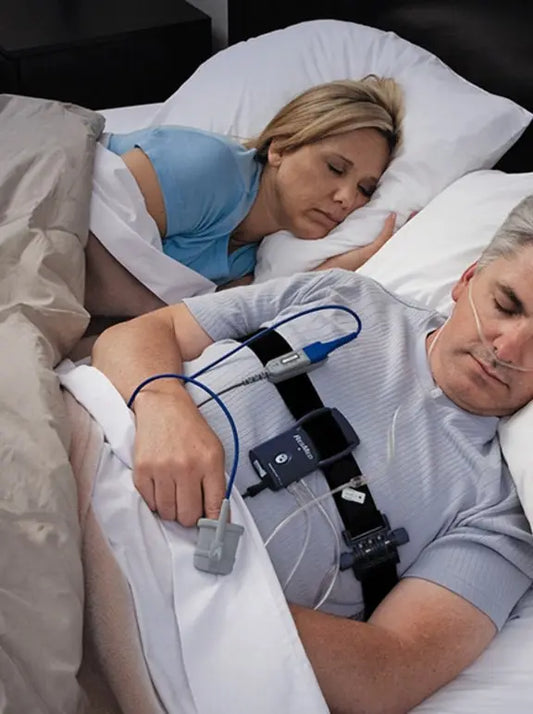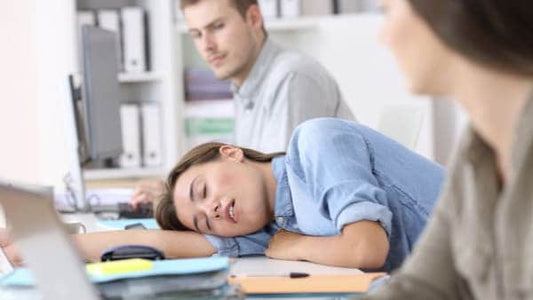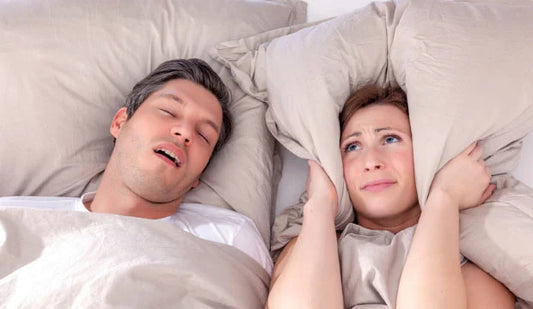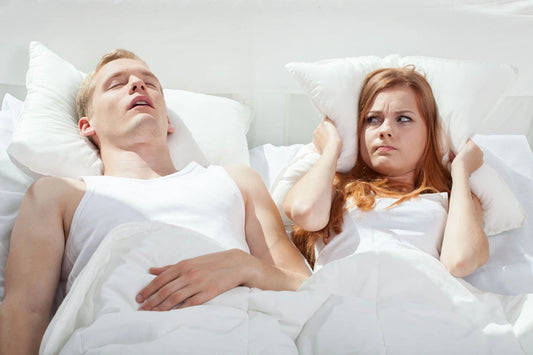The quickly identifiable consequences of sleep apnea in children
If you have any doubts about your child, all you have to do is observe him while he sleeps. If your child sleeps in unusual positions with his mouth open, snores, if his breathing is noisy and he stops breathing.
At first there appears hypoxia which is the drop in the level of oxygen in the blood, then appears hypercapnia, an irregular increase in carbon dioxide in the blood, and finally the fragmentation of sleep.
In the long term, sleep apnea can have painful consequences on the development of the child who is a victim. The fragmentation of sleep produces severe fatigue that easily plays on the 'mood. Children with sleep apnea may show significant signs such as weight loss, growth disturbances or urinary incontinence. This fatigue leads to behavioral and concentration problems that can cause a learning delay.

Sleep apnea in children, pharmaceutical solutions
For mild apnea, the solution can be found by adopting a new way of life. Having a healthy diet, losing weight, sleeping on your side can be enough to clear the child's airways. There are natural solutions easily accessible before going through a heavy operation.
- The installation of an anti-snoring mandibular advancement device allows to maintain the lower jaw in the forward position during sleep to free the passage of air and stretch the pharynx. It comes in the form of a gutter. This device can be obtained from pharmacies, but it is recommended that it be fitted by a professional.
- The intranasal tube is another effective solution.Nastent is a splint that is inserted through the nose and whose end reaches the veil of the palate. It allows the user to maintain regular breathing. Tissues stop vibrating, snoring is reduced. For single use to avoid infections, it is easily accessible.
If sleep apnea is due to nasal obstruction (allergies, deviated nasal septum, polyps), treatment will depend on the cause of the obstruction.
Heavy solutions
If the consequences of apnea are too heavy on your child, there are more serious treatments to put an end to it. At first, the continuous positive pressure (ppc) machine and its breathing mask are a solution . It keeps the upper airways open and prevents interruptions in breathing. In the long term this system can become a disadvantage for some in their daily life. The machine takes up some space, and the mask can get in the way depending on the position of the sleeper.

Most often sleep apnea can be due to an orthodontic abnormality in the jaws, a malformation, the palate will then be narrow and deep. In this case orthodontics is the easy, painless and effective solution in the long term, especially in children who are not yet fully formed. An orthodontic disjunction can be performed using a device placed on the upper molars which spreads the palate. This technique facilitates breathing through the nose. As a last resort the tonsillectomy, removal of the tonsils can be considered. Frequently performed and even in children, the operation considerably improves the life of the child. The best thing is to be followed and guided by a professional who will be able to advise you best.
Professionals to consult in case of sleep apnea in children
The attending physician can advise you a sleep specialist or refer you to a professional who can take care of the child. Today more and more people are trained in sleep apnea, pediatricians, neuro-pediatricians, ENT, allergists, pulmonologists. Sleep labs are plentiful but it is difficult to get an appointment quickly. The nasofibroscopy of each anesthetized nostril may be requested and carried out in order to identify the pathologies and begin care and follow-up of the child.
- Choosing a selection results in a full page refresh.
- Opens in a new window.
